The UK Ministry of Defence has signed a long-term logistics and sustainment contract with General Atomics Aeronautical Systems Inc. (GA-ASI) to support the Royal Air Force’s new fleet of Protector drones.
The contract, known as the UK Protector Availability and Support Solution (UK PASS), covers ongoing support for the Protector RG Mk1 Remotely Piloted Aircraft (RPA) system, including maintenance, spares, ground control stations, and synthetic training environments.
The deal marks a transition for the programme, moving from development and testing towards operational readiness and crew training.
“This contract marks an essential milestone in the fielding of the Protector RPA system for the RAF,” said Chris Dusseault, Vice President for MQ-9B in Europe at GA-ASI. “With the UK PASS contract in place, we can now transition from the test and development phase of the program to training the RAF flight crews for operations.”
The UK PASS arrangement is part of GA-ASI’s broader SkyGuardian Global Support Solutions model, which pools logistics and support resources across multiple nations operating the MQ-9B platform. The shared approach is intended to reduce costs and improve efficiency through economies of scale.
Group Captain Rich Cameron, the MOD team leader for Uncrewed Air Systems, described the deal as the culmination of three years of work between the MOD and industry.
“This has generated a first-in-class sustainment solution for the Royal Air Force Protector fleet, that exploits contractor-owned inventory from a global common spares pool,” he said. “This contract differs from a traditional spares and repairs contract, achieving economies of scale via a multi-customer common operating model.”
The Protector RG Mk1 is derived from GA-ASI’s MQ-9B SkyGuardian drone, offering long endurance, extended range, and the ability to fly in civil airspace.
The MQ-9B system is also being adopted by Canada, Poland, Japan, Taiwan, India, and the United States, and has participated in multiple military exercises, including U.S. Navy operations such as Northern Edge and Integrated Battle Problem.
The RAF is expected to declare initial operating capability for the Protector system in the near future.


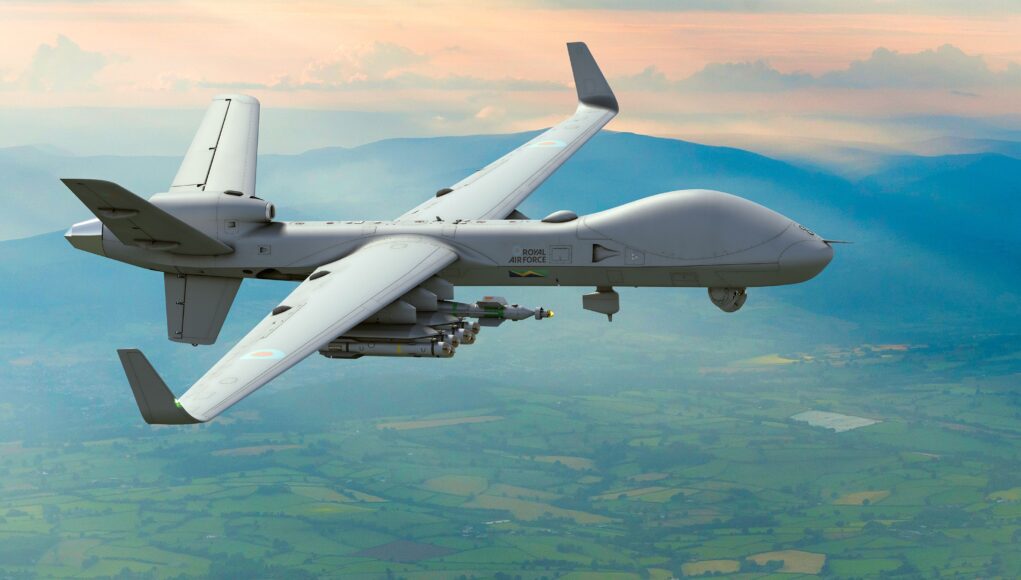



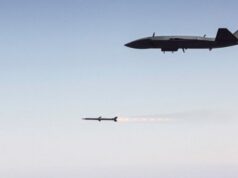
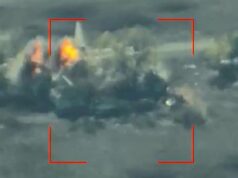
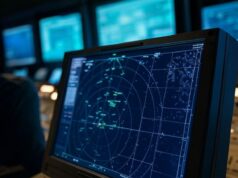

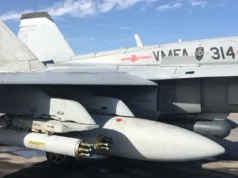

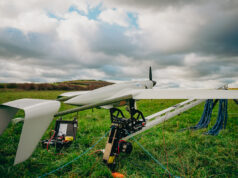

“GA-ASI” another brilliant acronym that surely took a committee and several years to perfect!
You have a very penetrating insight. I never thought about it before, but now that you pointed it out, I’ll never be able to un-see it… It’s almost as good as ASRAAM.
I remember questioning the logic behind naming something the “Ballistic Unmanned Modular Mobile Engagement Rocket” years ago.
From my American perspective, I always wanted to name a USN/USMC weapon. Something like “Marine And Navy Joint Interdiction Strike Missile”
I can see how having “man” associated with anything military might cause offense in the current climate.
When the US decided to go after the wrong bad guys post 9/11 they briefed the military members of their Allies about the new strategy, its name and catchy acronym. They struggled to understand why the British, Canadian and Australian military were smirking and struggling to contain laughing at what was a serious subject.
They then found out that the Acronym for The War Against Terror had a very different meaning to their colonial colleague’s so TWOT was born !
I guess that’s why started referring to it as the Global War On Terror instead, G-WOT sounds odd, but it’s better than TWOT:)
I’ve always thought that calling it TWAT – “The War Against Terror” might have gained more traction and who knows, it might have even helped to get the French to lift a finger for once.
Well, do something with their finger anyway.
GA-ASI, like a cheap beer!
I always thought ARSE would be a great acronym.
Armed Reconnaissance Signal Engineers?